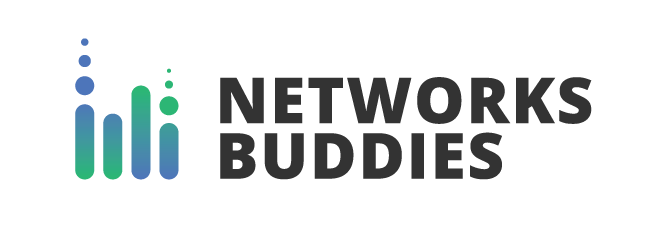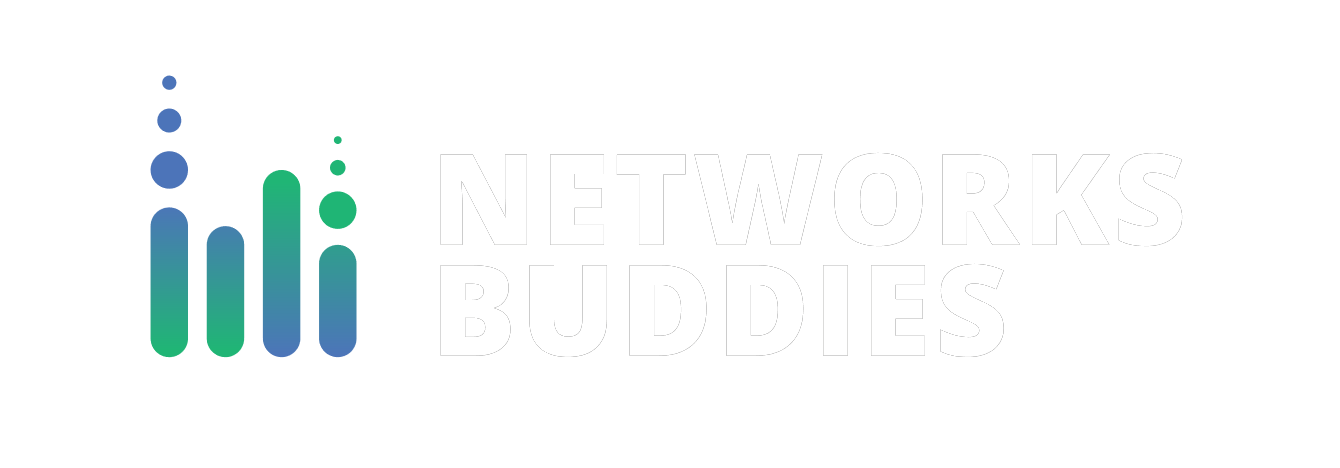In the ever-evolving world of technology, the demand for versatile and robust programming languages has skyrocketed. Among the plethora of languages available, Python stands out as one of the most popular and widely-used languages across various domains. Whether you’re a seasoned developer, a data scientist, or just beginning your coding journey, Python’s simplicity, flexibility, and wide range of applications make it an essential skill to have in your toolkit.
From web development to artificial intelligence, automation, and even game development, Python has firmly established itself as the go-to programming language. In this blog, we will explore why Python is regarded as a must-learn language and the vast potential it offers across different sectors of the tech industry.
Why Python?
There are several reasons why Python is one of the most favored programming languages today. Below are some of the key factors contributing to its widespread adoption:
- Easy to Learn and Use
Python is renowned for its clean and simple syntax, which closely resembles the English language. This readability makes it beginner-friendly and easy to understand for anyone stepping into the world of programming. Unlike languages like C++ or Java, Python removes the complexity of syntax, allowing developers to focus more on solving problems than writing code.
Its simplicity doesn’t mean it’s any less powerful. Developers can achieve more with fewer lines of code, making the development process faster and more efficient. Python’s learning curve is relatively shallow, making it accessible to a broad range of professionals, from software engineers to data analysts and researchers. - Highly Versatile
One of Python’s strongest features is its versatility. Python is described as a “general-purpose” programming language, which means it can be used in virtually any domain. Whether you’re interested in web development, data science, automation, game development, or even robotics, Python has tools and frameworks that cater to each of these fields.
For instance, Python is widely used for backend web development, data analysis, machine learning, artificial intelligence (AI), and desktop applications. Its ability to adapt to different use cases makes it highly versatile and preferred by industries across the globe. - Cross-Platform Compatibility
Python is a cross-platform language, which means that Python code can run on different operating systems like Windows, macOS, and Linux without needing to be rewritten. This flexibility allows developers to create applications that can be deployed seamlessly across different systems, making Python an excellent choice for multi-environment projects.
Popular Python Libraries and Frameworks
One of the reasons for Python’s rapid rise in popularity is its extensive library support. These libraries and frameworks simplify the development process by providing pre-built modules, making tasks like web development, data manipulation, and AI implementation more efficient.
- Django and Flask (Web Development)
Python offers powerful frameworks for web development, with Django and Flask being the most popular. Django is a high-level framework that follows the “batteries-included” approach, providing a robust set of tools and features right out of the box. Flask, on the other hand, is a micro-framework, offering more flexibility and control to developers, making it ideal for small to medium-sized web applications. - Pandas and NumPy (Data Analysis)
For data analysis and manipulation, Pandas and NumPy are indispensable. Pandas provide easy-to-use data structures and data analysis tools, while NumPy is highly efficient for numerical computations, making them essential for data scientists and analysts. - TensorFlow and PyTorch (Machine Learning & AI)
When it comes to machine learning and artificial intelligence, TensorFlow and PyTorch are two of the leading libraries that Python developers rely on. TensorFlow, developed by Google, offers a comprehensive framework for building machine learning models, while PyTorch, developed by Facebook, is known for its simplicity and ease of use, particularly for building neural networks. - BeautifulSoup (Web Scraping)
Python’s BeautifulSoup library is widely used for web scraping, allowing developers to extract data from websites effortlessly. It’s an excellent tool for automating the collection of data from the web, making it highly useful for research, SEO, and content gathering. - Matplotlib and Seaborn (Data Visualization)
Visualization is a critical part of data analysis, and Python has excellent libraries like Matplotlib and Seaborn. These libraries allow for the creation of comprehensive and aesthetically pleasing data visualizations, making it easier to understand complex datasets.
Python in Data Science and Artificial Intelligence
Python’s role in data science and artificial intelligence (AI) cannot be overstated. Over the years, Python has become the go-to language for professionals in these fields, thanks to its robust ecosystem of libraries and frameworks. In data science, Python’s libraries like Pandas, NumPy, and Scikit-learn have revolutionized the way data is processed, analyzed, and visualized.
For AI, Python’s flexibility, combined with frameworks like TensorFlow and Keras, has made it easier for developers to build, train, and deploy machine learning models. Its scalability ensures that AI projects, ranging from simple algorithms to complex deep learning models, can be efficiently handled.
Moreover, Python’s adaptability makes it an excellent choice for implementing AI solutions in real-world scenarios. From recommendation engines to natural language processing, Python is the backbone of many groundbreaking AI innovations today.
Python in Web Development
Python has also carved a niche for itself in web development, particularly in backend development. Its frameworks, like Django and Flask, provide developers with the necessary tools to create scalable, secure, and maintainable web applications. Django, with its “batteries-included” philosophy, offers everything from an ORM (Object-Relational Mapping) to authentication systems, making it a full-stack framework.
Flask, on the other hand, is lightweight and flexible, allowing developers to create customized solutions without unnecessary components. Flask is particularly popular for building smaller, more modular applications, while Django is preferred for larger projects.
Python’s ability to integrate seamlessly with databases, front-end technologies, and third-party services ensures that it remains a top choice for web developers.
Python for Automation and Scripting
Python is highly regarded for its ability to automate repetitive tasks. Whether it’s automating a simple file renaming operation or complex IT infrastructure management tasks, Python provides the tools to get the job done. The language is widely used in DevOps for scripting and automating server configurations, deployments, and monitoring processes.
Moreover, Python is often used in task automation for industries like finance, marketing, and cybersecurity, where processes can be streamlined with just a few lines of Python code.
Python Community and Support
Another compelling reason to learn Python is the sheer size of its global community. Python’s open-source nature means that thousands of developers continuously contribute to its growth, adding new libraries, modules, and features. The community is highly active in forums like Stack Overflow, GitHub, and Reddit, offering extensive support to beginners and experts alike.
This active community also means there are countless tutorials, courses, and resources available online for learning Python. Whether you’re struggling with a bug or want to deepen your understanding of a particular concept, you’ll find endless material to help you progress.
Conclusion
Python’s popularity and impact across different industries make it an essential language for anyone interested in programming. Its simplicity, power, and flexibility have allowed it to dominate fields like web development, data science, machine learning, and automation. Whether you’re a beginner learning your first programming language or an experienced developer expanding your skill set, Python is a language that will continue to offer value for years to come.


